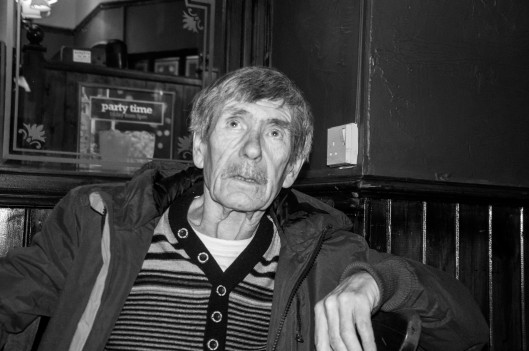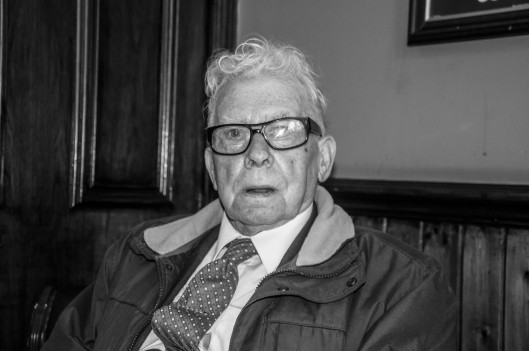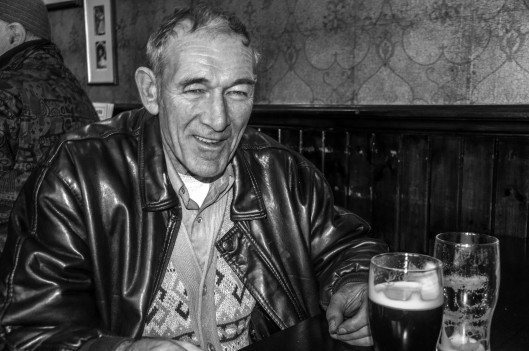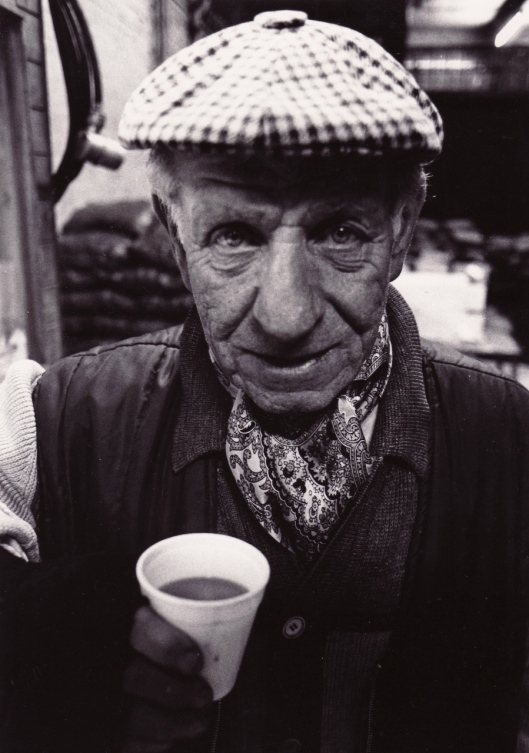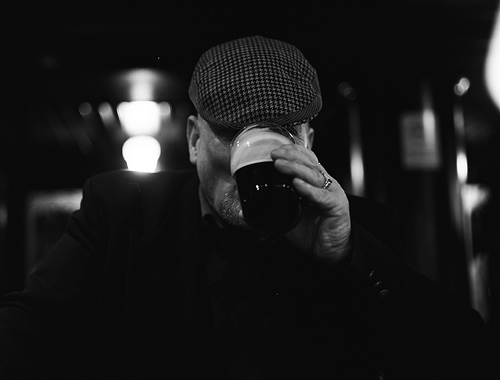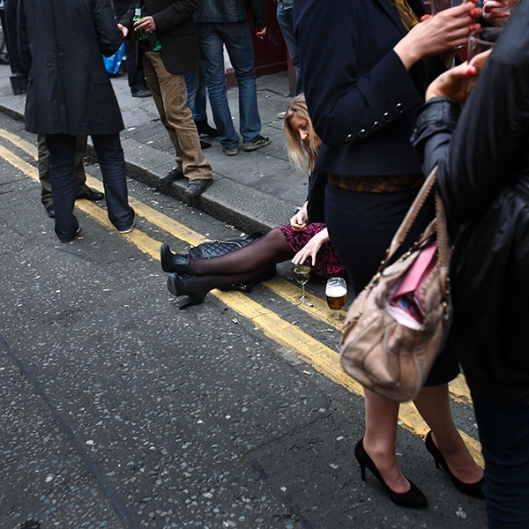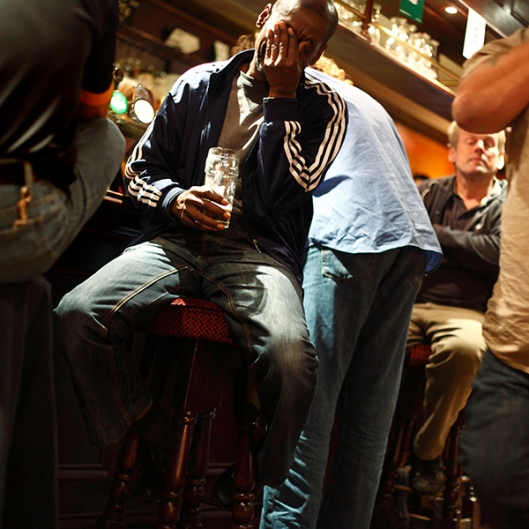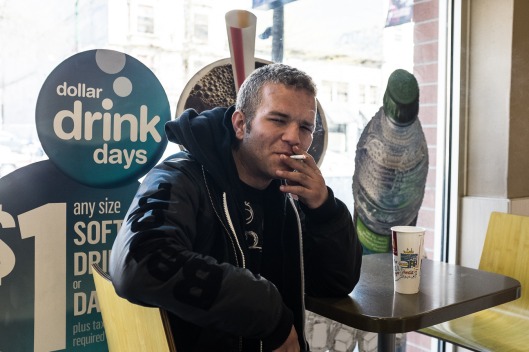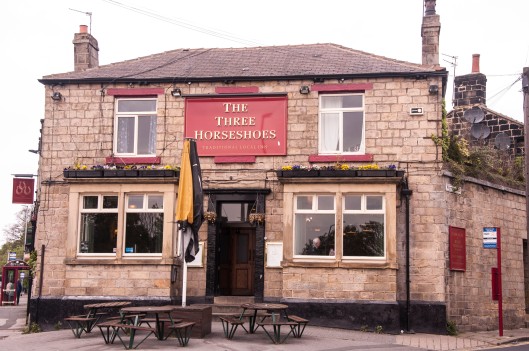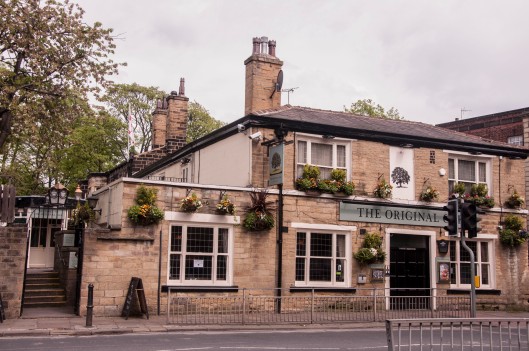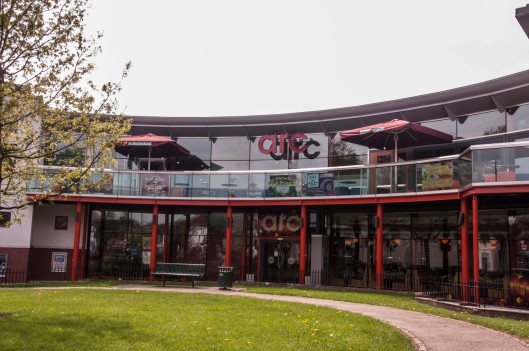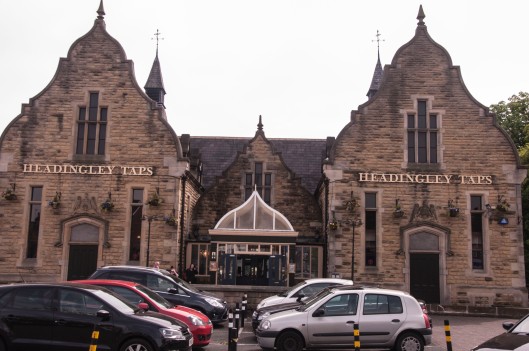A photojournalist has to get the picture. Does the end justify the means?
When answering this question were are essentially asking ourselves weather taking photographs, most likely photographs of some kind of atrocity, some thing that questions are moral values, is justifiable by the future implications of those photographs, weather that may be for a charity, an anti war campaign, art, news, or magazine articles. This could also be interpreted with the end considered as the advancement of a photographer’s career, or the idea of reaching a more personal goal.
In essence we’re asking ourselves weather there is a justifiable reason for taking those images.
“A true or reasonable moral principle can explain why we ought to do such and such in a practical situation. Unless we have recourse to a unique principle, or at least a consistent set of principles, we have no explanation at all.” [1]
There are 5 major ethical standpoints to be considered when answering this question, Virtue, which emphasises the role of one’s character and the virtues individuals embody when determining or evaluating ethical behaviour, within this belief one would consider not what we ought to do, but what kind of person we ought to be.
Deontological, judging the morality of an action based on the actions adherence to a rule or rules, considering duty and obligation. In this terminology action is considered more important than consequence.
The ethics of rights, the belief that each moral subject has certain rights that no one is entitled to violate, this would consider principles of freedom or entitlement.
Egoism, the theory that we should always act to maximise our own personal benefit, and finally utilitarianism, the theory we should always act to maximise the universal benefit, both of which are forms of consequentialism, the theory that the consequences of one’s actions are the ultimate basis for any ethical judgment.
Each of these theories has their own set of rules, relative to their standpoint as to weather an action that leads to an ethical query, in this case a photojournalist taking photographs of some kind of atrocity, would be a justifiable action.
As an example to be used when answering this question, lets consider the iconic image of a Vulture Stalking a Child, this image was taken by Kevin Carter in 1993. The image consists of a malnourished African child keeled over towards the floor as a vulture lures threateningly in the background.
It is said Carter waited roughly 20 minuets to see if the vulture would spread its wings for the perfect shot, before snapping the image and chasing the vulture away. The image was published in The New York Times and over night hundreds of people had made contact with the publication to ask weather the child had survived. The News Paper consequentially released a special editors note stating the child had enough strength to walk away, but her ultimate fate was unknown.
At the time, in Sudan where this image was taken, journalists were asked not to touch famine victims at the risk of spreading disease, however Carter came under criticism for taking the photograph, in some cases even being compared to the vulture. Carter went on to receive the Pulitzer Prize for his photograph although the moral issues it raised had consumed him, causing him to commit suicide three months later.
When considering the ethical standpoint of virtue, applied to the ethical debate of this photograph, it’s arguable that the ends did not justify the means for Carter, as his actions lead him to hate him self. In hindsight what he did inflicted on the kind of person he was, or believed him self to be. Not being able to live with the fact he chose to photograph the child instead of help it, created a guilt caused by his actions, challenging his moral values, therefore from a virtue standpoint, the ends were not justified by the means, as Carter considered what he ought do, instead of what kind of person he ought to be. The regret of this decision later caused him to commit suicide, suggesting if Carter was to have considered virtue when making his decision, there may have been a different out come.
When applying a deontological viewpoint to this image, we have to consider weather Carter was acting under his duty as a photojournalist, or as an individual. If you were to consider his duties as a photographer, to capture an image that epitomizes the tragedies occurring in Sudan, then the end was justified by the means, as Cater acted out his duty or obligations as a photographer, with more importance based on the action than its consequence. Objectively to this, if you were to consider his duty as an individual, to act in a way that adheres to his moral values, then Carter should have helped the child, as this action would have been more important than the photograph itself and consequentially Carter wouldn’t have committed suicide.
When considering ethical rights in relation to this image, it is debatable that in the same way the child has a basic right to food, clean water, and a right to life, Carter has an equal right to take the photograph, putting aside believes in regards to any moral obligations to help the child, one could suggest that the rest of the world has a right to see the tragedy plaid out by these famines, a right to knowledge and understanding, with Article 27 of the Universal Declaration of Human Rights Stating “ Everyone has the right to freely participate in the culture of the community, to enjoy the arts and to share in the scientific advancement and its benefits.”[2]
Carter was acting within his right to participate in the culture of a community, be that to enhance empathy for these tragedies on a global scale, by creating awareness, he is contributing to a sense of global community, therefore the ends would justify the means.
Although it’s obvious the child was in no state to portray their view, and was also to young to do so. One could debate the child had a right to choose weather or not they wished to be represented in such a fragile state, weather they wanted to be viewed by the rest of the world as helpless, on the contrary to this, Susan Sontag sates in her book ‘Regarding the Pain of Others’, “Victims are interested in the representations of their own sufferings and want their plight to be recorded in photographs.” [3]
When relating the theory of egoism to this photograph, one could state that taking this image lead Carter to win the Pulitzer Prize, in terms of personal gains and enhancing his career as a photographer, the end was justified by the means. However on the contrary to this, in the long term, taking the photograph lead Carter to suicide, contradicting the original statement as in the long run Carter would have been better of if he had helped the child, as apposed to taking the photograph.
When the ethical stand point of utilitarianism is applied to the photograph, the view that the greater good was reached through the publication of this image, a utilitarian may state that buy taking that photograph, it is helping the greater good, as it may build awareness for those that may of otherwise not known of the monstrosities accruing in Sudan at the time. Therefore the end was justified by the means. Although taking the photograph may have seemed immoral, the use of the image i.e the end point, has helped the greater good buy building awareness, and possibly causing more people to donate to a much needed cause, which in turn could mean less children go without food, achieving the greatest happiness for the greatest number.
“Since it’s invention we have relied on photography to function as a privileged verification of events we might otherwise never know. In the twentieth century, photography was called upon to verify what we could not even imagine and hence not believe.” [4]
You could consider the consequence of taking the photograph was that it helped to build much needed awareness of the tragedies accruing in 3rd world countries, however, an objective viewpoint would be that the true consequence of this photograph was Carters suicide, that for him the end was not justified by the means.
One could disagree with this by suggesting that the loss of one life, i.e Carters, was justifiable when considering the immortal power the photograph holds. Its ability to constantly remind us of those less fortunate, not only causes us to recognise this, but for some, challenges us to act. In this case, the consequence of this photograph is not only positive, but on going, and therefore the end is justified by the means.
When applying Immanuel Kant’s, Categorical imperative, stating what ought to be done should be based on pure reason alone and not contingent upon sensible desires. We would conclude that Carter should have never taken the photograph. Carter was guided buy his desire to be a great photographer as apposed to acting out of reason, leading to the moral dilemma that later caused his suicide.
However the fact of the matter seems to be, images like this increase the knowledge of the tragedies happening world wide, in places where ignorance is often bliss, they spark emotions that cause us to consider issues that we may not have been oblivious to, but often over look, as without images that shock and challenge us they are merely ideas, something spoken about, imagined, although never witnessed.
Considering this a utilitarian standpoint seems to be the most relative when asking if a photojournalist has to get the picture. Does the end justify the means? Although it will always come down to an individuals moral values and what they are comfortable with photographing, what they consider right and wrong, and weather or not they are content with the decisions they are making, it appears if the greater good is effected positively by the out come of a photograph, then the end seems truly justified by the means.
Although this debate is one that has been had way before the camera was invented and will continue far into the future, utilitarianism forces us to think with logic and disregard decisions lead by emotion, when working towards the goal of a greater good, it seems even a decision that seems terrible, such as photographic a starving child instead of helping it, can later be justified.
The greater good may or may not have been considered by carter when taking this photograph, although it has undoubtedly been effected buy it, unlike Carter or the child, the photograph will never die, but will be used as a constant reminder to us all of those less fortunate, and in a poetic sense considering Carter’s fate, the desperate need for us to help them.
“The end may justify the means as long as there is something that justifies the end.” [5]
References
[1] Torbjorn Tannsjo – Understanding Ethics – 2010 – Edinburgh University Press – 2nd edition – Unknown
[2] United Nations – (2009) – (Universal Declaration Of Human Rights) – Article 27
[3] Susan Sontag – Regarding the Pain of Others – 2003 – Farrar, Stratus and Giroux – Unknown – Unknown
[4] Griselda Pollock – Dying Seeing Feeling: Transforming the Ethical Space of Feminist Aesthetics
[5] Leon Trosky – Their Morals and Ours – 1973 – USA – Pathfinder Press – Fifth Edition – Unknown


